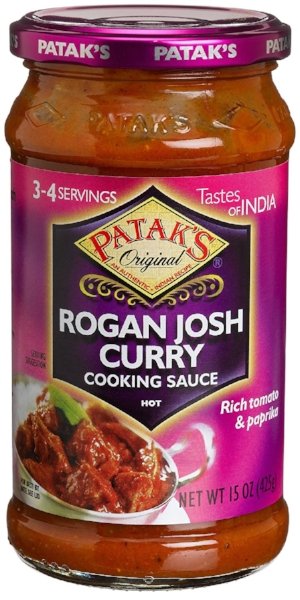View from Space: Illustration Invasion
A quiet revolution is hitting supermarket shelves. On-pack food photography is being overthrown. You can’t move for swirly typography and cutesy illustrations. But what’s driving this change?
If you look at the shelves today in your local supermarket you'll see a new design landscape emerging. Shelves are teasing us with a raft of illustrative and typographic styles, while photography is either non-existent or much lower down in the hierarchy. Photography is mostly embraced on continental brands where design sophistication seriously lags and traditional ‘big food’ value brands where photography of fresh ingredients has a big role in reshaping shoppers perceptions.
And supermarkets are muscling in too. Sure there’s plenty of food porn on their ready meals but other categories are seeing a brave foray into crafted illustration and typography. Tesco finest are leading the charge, ditching their infamous ‘silver band with a half-decent photo’ approach in 2013 and replacing it with some rather lovely designs that feel more artisan than own brand. Waitrose are getting seriously jiggy with their typography and Morrisons are getting funky with their iconic silhouettes for their M Savers range.
Industry influencers reflect these changes with their packaging design predictions for 2017 too. Many of these talk about illustration and typography but none mention photography. Why is this happening? Well, we have a number of theories... Back in 2004 when photography was still the Daddy, Sainsburys came along and changed the game with their beautiful SO Organic packaging and showed everyone that supermarket brands could be sexy too, with gorgeously rich photography of raw ingredients emblazoned across their whole range. Guest brands had a challenge on their hands and could no longer ‘out-photograph’ supermarket own brands, so they needed a new way to differentiate…
And what about 2017’s trend for adults craving childhood innocence? Illustrations of food origins with impossibly blue skies and prancing bunnies. Are we devolving? You can now visit an adult Soft Play. We are far less likely to bin that graphic tee once we’ve hit thirty. Adult colouring books. The list goes on… For whatever reason it seems that escaping to our childhood brings great comfort and that is being reflected on shelf.
The continuing thirst for ‘humanmade’ also shows no signs of waning, with a desire for hand crafted lettering, rustic materials and anything not made by a machine still resonating strongly. After all, it simply communicates food that hasn’t been mucked about with and delivers a sense of romance. Windows and cut throughs on pack take this further reinforcing an age of authenticity favoured over impossibly real, staged and retouched photography that only rekindle our distrust of marketing. And we can’t forget budget. Food photography is very expensive, especially if it needs amending. And when the economic outlook is shaky and there are new competitors eating into your margins such as Lidl and Aldi, cost becomes a significant factor.
Soon, there may be a new opportunity to re-embrace photography in order to carve a niche, after all trends are reciprocal and the brands that jump onto the new cycles first are the ones that win. But for now the illustrative approach rules and it will be interesting to see just how long photography needs to stay absent for it to feel new again.










